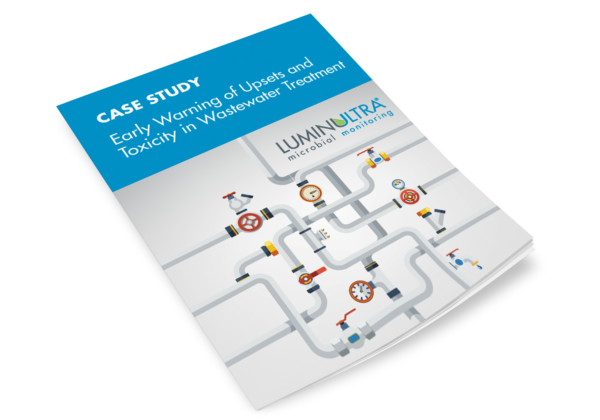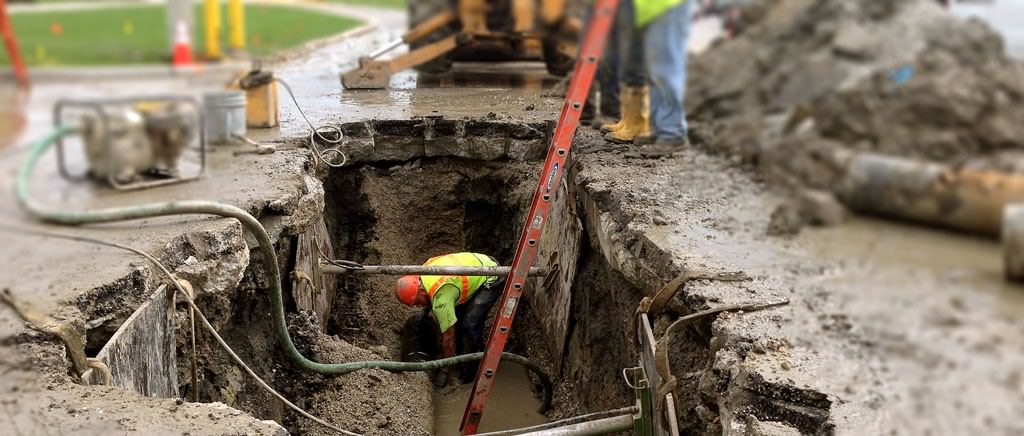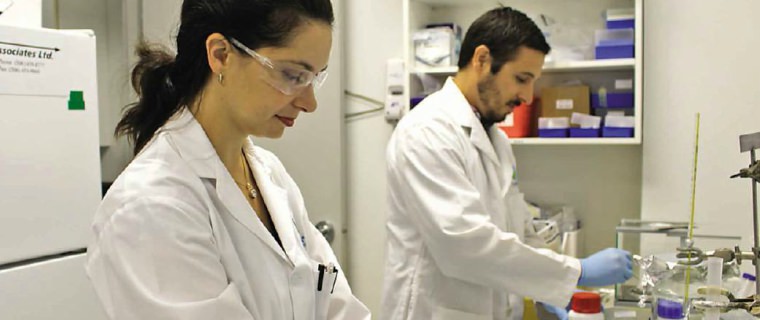LuminUltra’s 2nd Generation ATP has many potential uses within a wastewater treatment plant (WWTP), including: diagnosing acute and chronic toxicity, optimizing solids concentrations in the aeration tank, optimizing dissolved oxygen setpoints and identifying sludge bulking events. How often you should measure ATP depends on the quantity of data you’ve collected, the operational performance of your WWTP and the types of wastewater inputs you receive. When you first start using ATP, it is recommended that you conduct an initial round of baseline monitoring. This includes sampling approximately 20 times over a 2-4 week period. All WWTPs are slightly different, therefore the initial baseline will allow you to assess the current operational status of your plant and allow you to set goals for continuous improvement.
Once the initial baseline monitoring has been conducted, you can start either routine monitoring or corrective action monitoring. Routine monitoring is less intensive than the initial baseline monitoring and is used primarily to identify toxicity or sludge bulking events. For toxicity monitoring, the frequency should be dependent on the risk of a toxicity event and subsequent WWTP upset. Systems with a high risk of toxicity, such as those with multiple industrial inputs, should monitor ATP more frequently than systems with a lower risk of toxicity, such as those with only municipal inputs. For sludge bulking, ATP has been shown to identify a sludge bulking event up to 2 weeks earlier than sludge-volume-index. Therefore, floc bulking ATP monitoring frequency should occur more often than once every 2 weeks, in order to realize the benefits of early detection. Corrective action monitoring should be done when process changes (such as solids optimizations) are done to ensure the necessary data and feedback is gathered to assess the impact of the changes. The frequency of monitoring when corrective actions are occurring should be similar to the initial baseline monitoring period.
Establishing a routine monitoring plan for ATP will ensure that you’re able to take preventative action to reduce risk rather than always taking corrective action after a problem turns into a full system upset.
See also:
We handpicked one of our popular writings on a similar topic – Case Study: Early Warning of Upsets and Toxicity in Wastewater Treatment.
This case study provides an overview of the strategy that can be utilized using 2nd Generation ATP monitoring as a routine test to assess the impacts of outplant toxicity and trace it to its source.










